Last Updated on December 5, 2019 by asoulwindow
Chandni Chowk in Old Delhi needs no introduction. Or maybe it still needs. Did you know Chandni Chowk is not the long lane (leading from Red Fort) cluttered with shops and decaying buildings of all kinds, many think it to be.
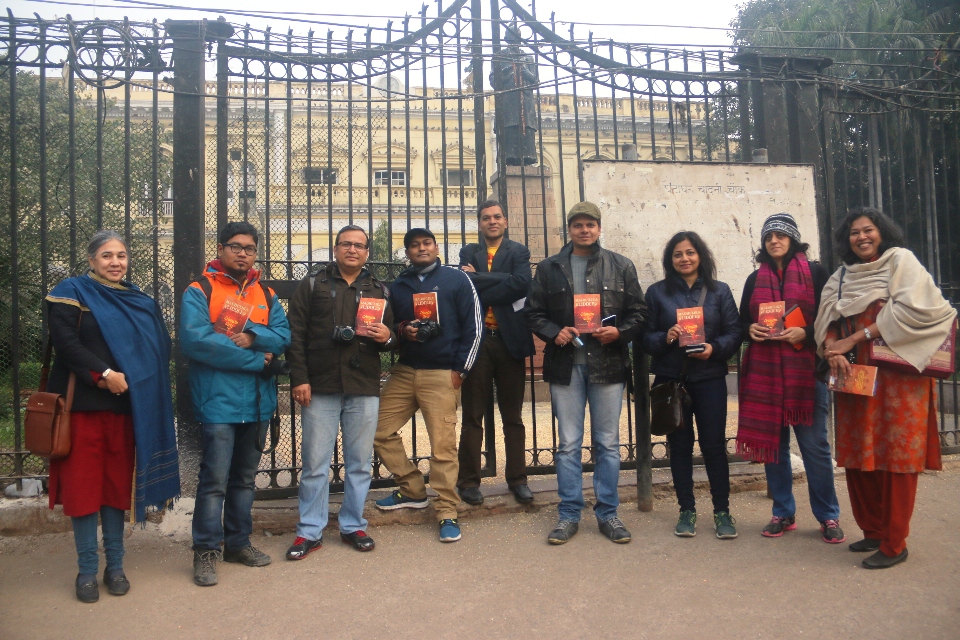
The original Chandni Chowk was just the crossroad in front of Town hall and not the entire lane or area. British, unable to understand the meaning of ‘Chowk’ , erroneously called the entire area as Chandni Chowk and the name has stuck on. Originally there used to run a canal in the middle of the roads to facilitate water supply. The real Chandni Chowk was just a square where a pool was built, in the water of which the moon reflected in all its glory. It’s just this area which was called Chandni Chowk originally. Interestingly, not many know, there was a clock tower built by the British near the said pool. Unfortunately the pool, canal and the clock tower (Damaged and demolished) are lost to unstructured ‘development’. There were also many ‘kehwakhanas’ (Tea Shops) which lined the streets. An equivalent of present day Baristas and Café Coffee days. Also, in early 20th century many banks had set up shop here.
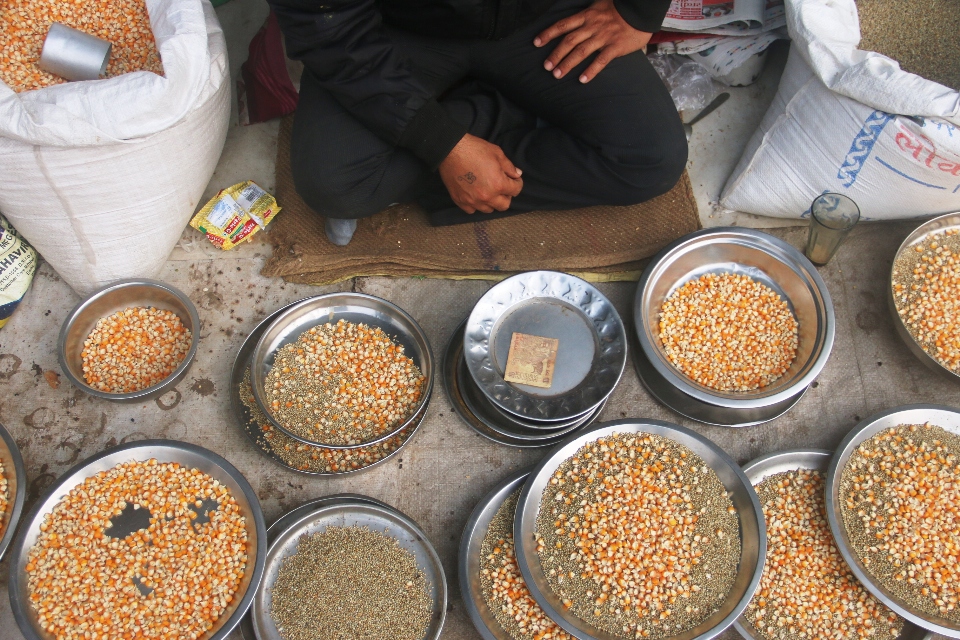
Shah Jahan’s favourite daughter Jahanara Begum had worked extensively in building the walled city of Shahjahanabad. Said to be intelligent, creative, influential and very powerful, she commissioned many buildings (Hammam/mosque/ Chowk/ Serai) in Old Delhi. Most remarkable o f which was a Caravensarai (Inn) The famous French traveler Francois Bernier spoke eloquently about this building. In can be compared to the modern age 5 star luxury hotels. It had a Mughal garden in its backyard. It catered to traders from Uzbekistan, French and other European noblemen, mercenaries, travelers, rich entrepreneurs etc. Unfortunately, the British destroyed some of the buildings like hamam and this serai, which was later replaced by the existing Town Hall.
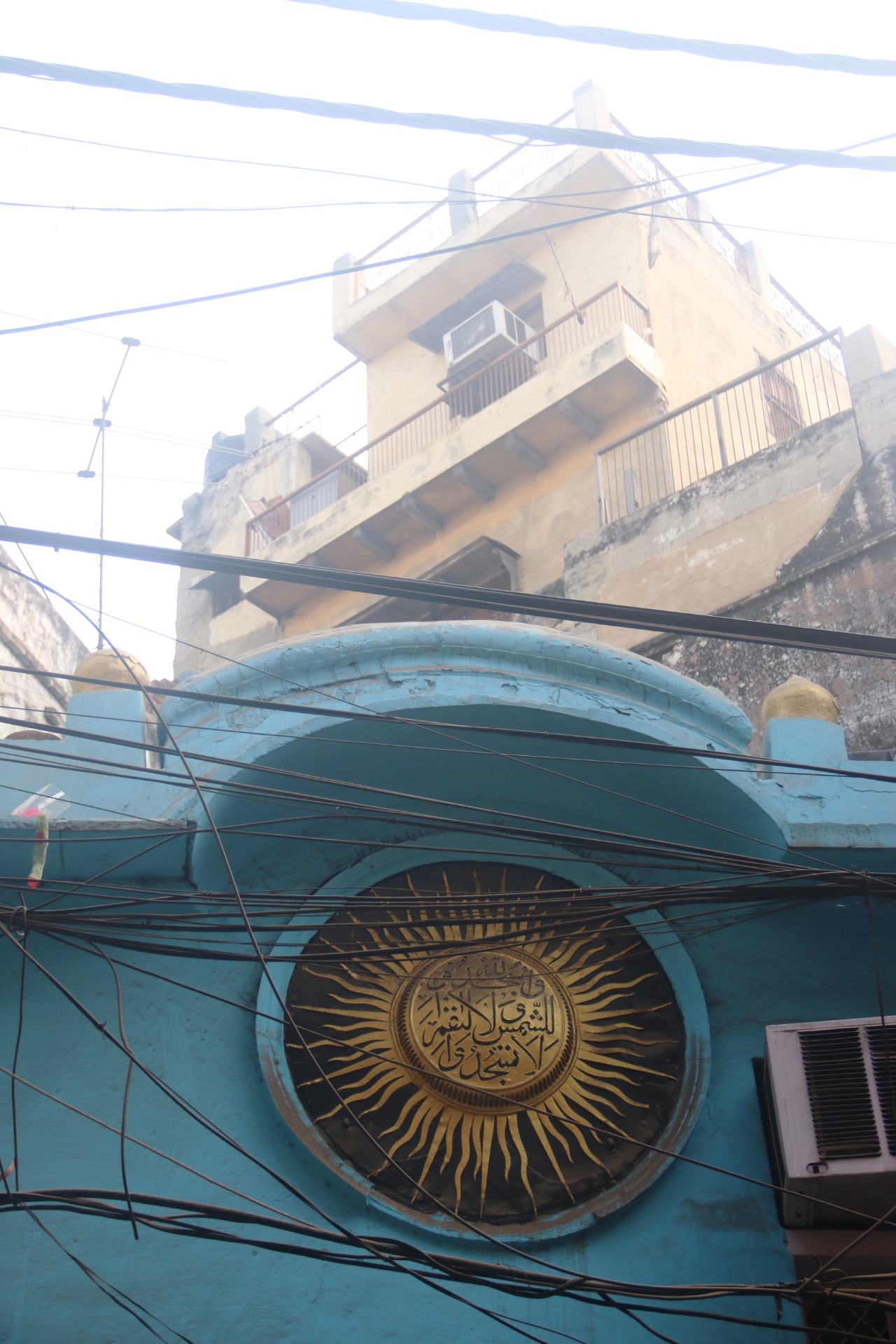
Thankfully, British writer/photographer Felice Beato (1830 – 1904) has documented much on the old Delhi through his valuable pictures and book. He visited Delhi in 1858.
The heritage walk took us beyond the usual suspects. Madhulika and Swapna took us to nooks and crannies of Dilli 6 and enriched us with many fascinating facts. Here , I am sharing some of the highlights
The Town Hall : As we were trying to imagine the lost treasures of Old Delhi, the Town Hall, still in its top form , vied for our attention. The incongruous yellow building guarded by lines of palm tree and its large open spaces stood out as an oddity in the congested, wires infested, oxygen starved old Delhi. It was early morning and passer byes fed the pigeons the grains sold by vendors on the roadside, as (the statue of) Swami Shraddhanand looked on nonchalantly. Not many know, before his statue there used to be a statue of Queen Victoria in the same space.
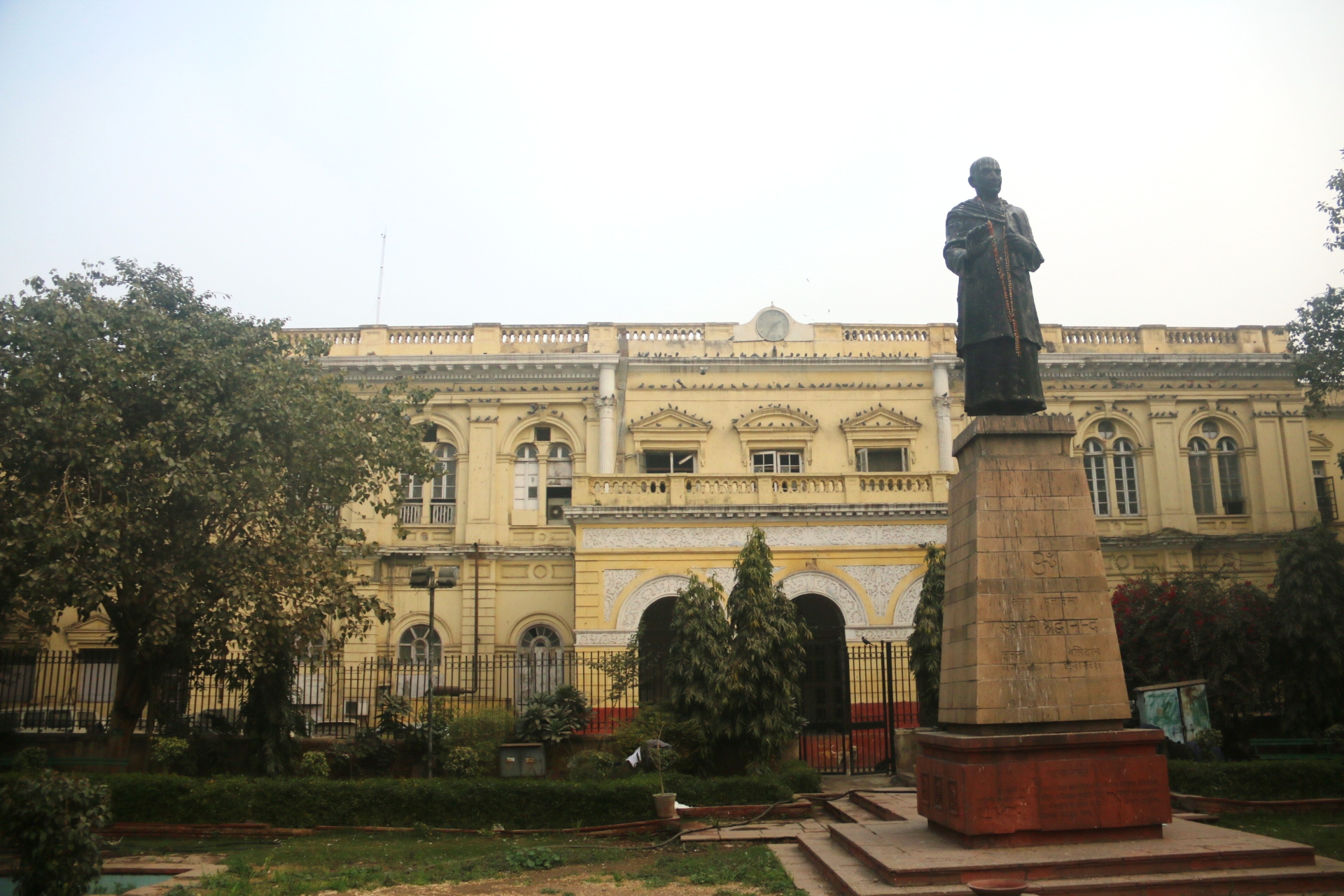
Chunnamal Haveli : Rai Lala Chunnamal belonged to the ‘Agrawal’ community, traditionally ‘baniya’ aka merchants. In the upheaval of 1857, the area saw a marked change in population. It was feared by the British that the blame for the unrest will be directed at Muslims in the vicinity. It was a time when British confiscated Royal property along with general ones and sold at throw away prices in auctions. Lala Chunnamal made a killing by lapping up this golden opportunity. He bought properties at low prices and made huge profits later during a boom in real estate prices. The sheer size of the Haveli is a tell tale sign of the massive wealth he had amassed. Spread over 1 acre, it consists of 128 rooms in 3 floors , not to mention 139 shops circling it on the ground floor. It is not open to visitors. From the maze of entangled wires, I saw a dust coated colonial clock hanging precariously from its balcony. The architecture style of the green white mansion is European from outside. However, its interiors are Indian in style as can be seen in the Google images.
KATRA NEEL :
Moving a little ahead, we turned right and entered the main gate of Katra Neel. You can find many gated colonies in old Delhi, which reminded me of ‘Pols’ of Ahmedabad. Katra neel is one such colony. The term ‘Katra’ stands for business district while ‘neel’ (Indigo) for dyes. As the name suggests, the area was inhabited by traders who worked in the dyeing business. They, worked, lived and socialized here. Khatri (Hindu) cast were the main occupants here. The area has gone many changes over the years, most notably the demographics. The people who once called it home (Homes above shops) have moved out of the place and travel here every day for business. There are many ‘koocha’ which literally means the narrow lanes crossing the buildings.
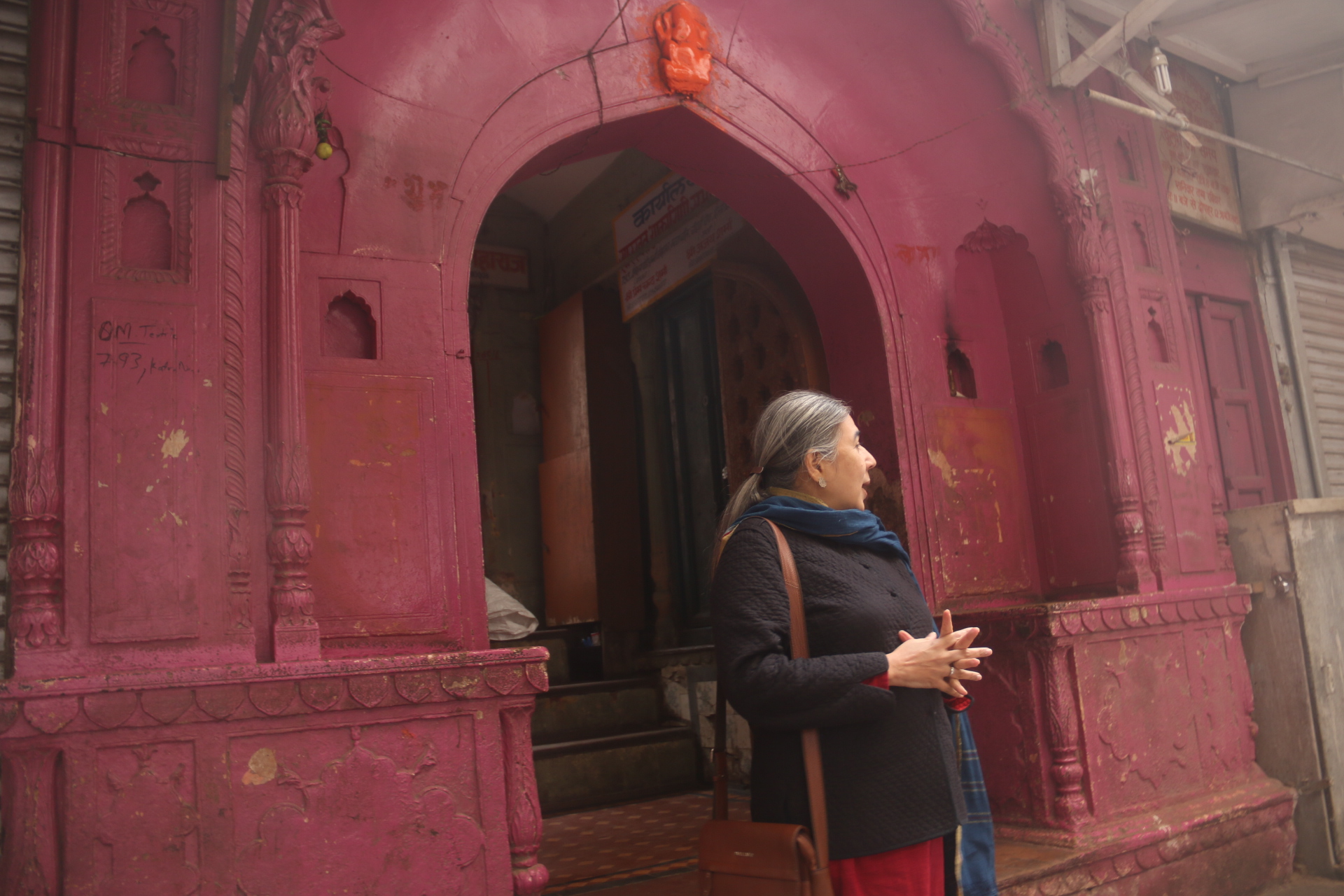
One interesting character of Katra Neel is the many Shivalayas, built over mid 19th century. We entered the most notable Kunniji Maharaj Shivalaya which stood out with its neat purple exteriors (Painted over original red sandstone). Shivalayas were the personal temples dedicated to Lord Shiva. These were built in the courtyard of old havelis (Mansion) and mostly visible from the koochas. What makes these structures curious is its architectural style which is a blend of Hindu and Islamic tradition. Instead of a Hindu ‘Shikhar’ the Shivling is protected by an Islamic Gumbad/Chatri (dome) The scalloped arches are another Islamic feature. The one we saw was built in white marble and was maintained by the family living in the haveli.
Pics above : (L to R) An Otla, A Shivalaya (Notice the Islamic dome in Hindu temple) , another Otla. (Click to enlarge)
The entrance of Shivalaya has its own characters. ‘Otla’ is an interesting feature. It is the small square space built on either side of the door. It overlooks the ‘koocha’ and its main purpose is socializing or just lazing around. One can sit, have tea, read papers, or chat with neighbors sitting on it. It builds a sense of community amongst the residents. However, presently many ruin the ‘otlas’ with slanted structures to discourage strangers from sitting on it. Many such entrances have interesting motifs of sun, moon, snakes, lotus etc and ‘ala’(Decorative racks) to keep night lamps in old times.
Haveli Hopping :
Next on our radar was the huge courtyard of an old Haveli (Mansion). The courtyard was surrounded by many houses and it served as a common place for families to socialize. The balcony/corridors locally called ‘dalaan’ connects the many homes and faces the courtyard. It’s another important socializing platform. It’s also used to dry clothes. It is said, in those times, wealth was buried in the walls or ground.
The rooftops commonly called ‘Chchat’ is another important part of houses in old Delhi, shown effectively in the movie Delhi 6. It’s a great place to chat/romance with neighbours, dry your spices, oil your hair or simply doze off in the winter sun.
Interestingly, most havelis mimic the Red Fort. So much so , that they even had a quirky throne like structure in while marble, mimicking the one in Diwan-e-khas of Mughal forts and palaces. A Hindu temple and a parrot looking at us curiously from its cage added to the typical ‘mahaul’ (atmosphere) of the Haveli.
Interestingly, some havelis also have a basement area which is used as an escape in hot summers.
NAUGHARA :
Soon we found ourselves in the famous ‘parathewali gali’ and ‘itra’ (Perfume) shops. Suppressing the desire to binge on food we focused on the next destination.
Pics above : Details of exterior at Naugharana
Also known as Naugharana, this gated colony near Kinari Bazaar is a cluster of 7 Jain havelis facing a neat narrow lane. What set these havelis apart is their delightfully colorful exteriors. Everything from doors to windows to ‘otla’ are tastefully jeweled with motifs of flowers, birds, mammals and other designs. It’s an incredibly quiet place amidst the organized chaos of old Delhi.
Pics above : Exterior of havelis at Naugharana, notice the jewelry shop in middle
The exterior also has Mughal influences with own personal stamp of the resident. The descendents now live there and these are not open to visitors. Kinari Bazaar was originally called ‘Dareeba Khurd’ (Small dareeba) . Dareeba Kalan is the larger version of it. The Naughara lane has a Jain temple of its own and a Silver jewelery shop. Dareeba Khurd was known for the trade of silver, gold and precious stones under the reign of Mughal emperor Shahjahan.
Sheesh Mahal (in Katra Kushal Rai) :
This 3 story Haveli from the 18th century, built in Mughal architectural style is relevant for its historical importance. Who would have thought that the iconic St Stephen’s College (One of the oldest in India) had its foundation in this building. The college was started here with just 5 students and 3 teachers in 1881.

The old glory of the building has been destroyed with the unplanned ugly addition in recent years. The difference in architectural styles (The latter is just brick and mortar) is an eyesore.

At the end of 19th century, a campus at Kashmiri gate was established while 1940s saw the college shifting to the modern North Campus. Some of celebrity alumni include the likes of Barkha Dutt, Rahul Gandhi, Konkana Sen Sharma, Siddharth Kak, Khushwant Singh, Amitav Ghosh, Richa Chaddha, Kabir Bedi, Shashi Tharoor amongst a long list.
Koocha Ustad Hamid
At last, we visited Koocha Ustad Hamid. Ustad Hamid who? He was the architect of The Red Fort and not many know, he lived beyond the red gate which marks the entrance to Koocha Ustad Hamid, walking distance from Jama Masjid. His was a big estate, almost like a mini colony owned by him. The red gate is one of the few edifices from yore still preserved.

The Walk was conducted by #TCBG_trips led by Mrs. Alka Kaushik and Ms. Puneetinder Kaur Sidhu in association with SALT (society for promotion of Arts and literature) and author sisters Madhulika Liddle and Swapna Liddle.
Madhulika, whose new novel Crimson City has just hit the bookstands, read out excerpts of the book (which is set in Chandni Chowk) during the walk, making it a unique experience.
Swapna Liddle has written a book packed with information on Heritage walks in Delhi. It is called Delhi : 14 Historic walks
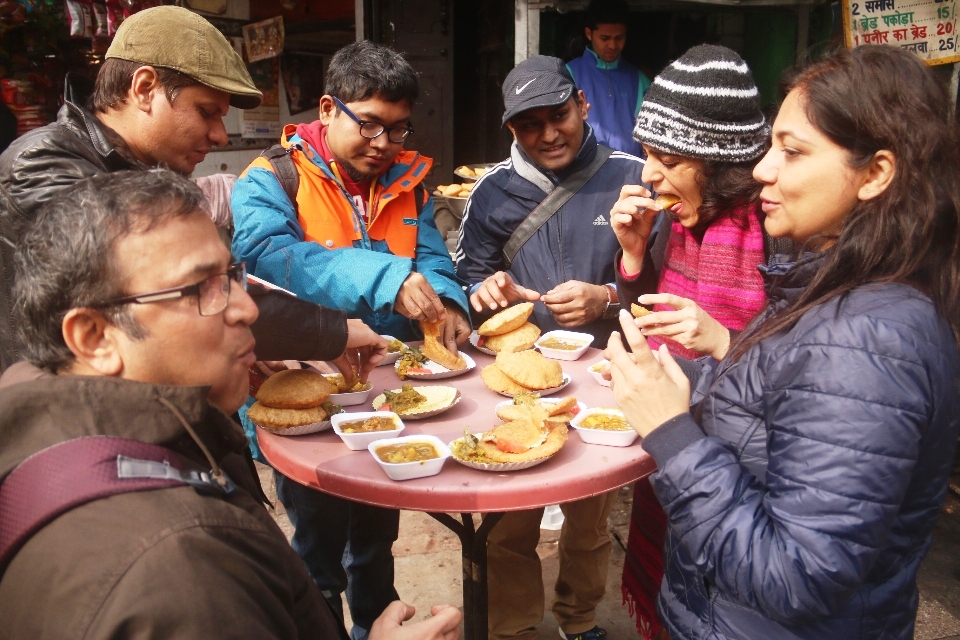
How can you come to Chandni Chowk and not attack food

Top Travel Blogger from India

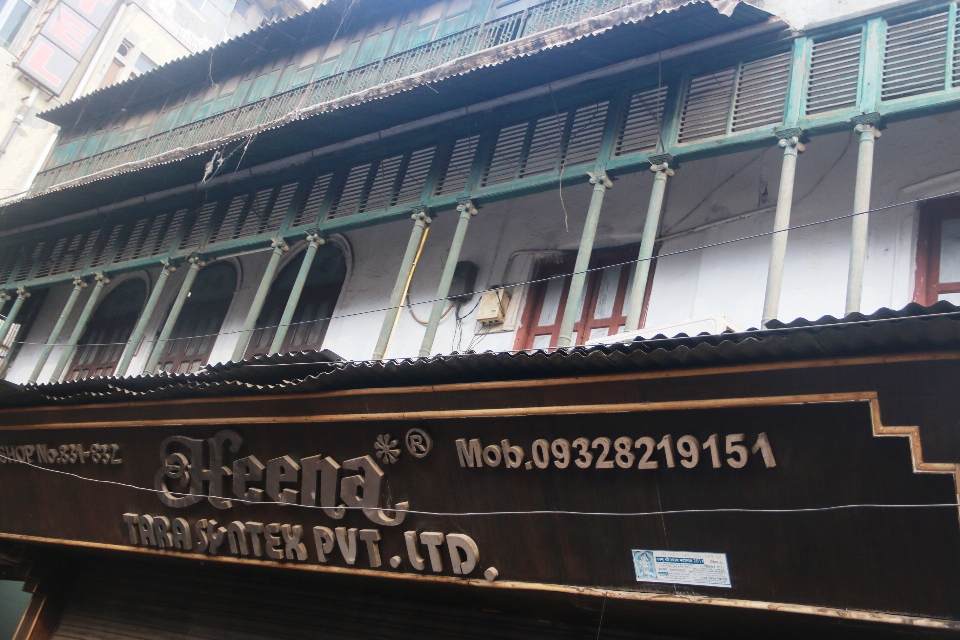
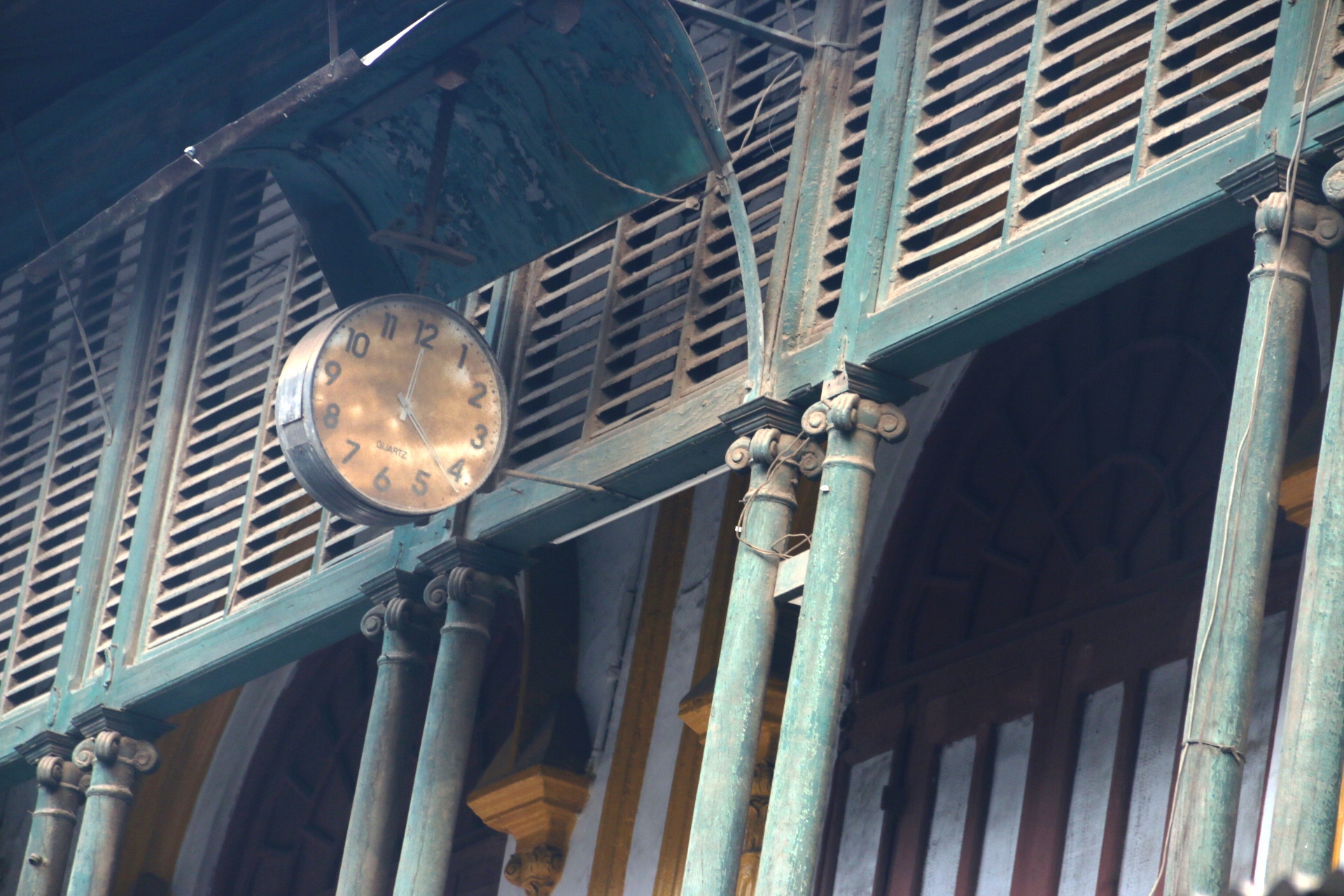

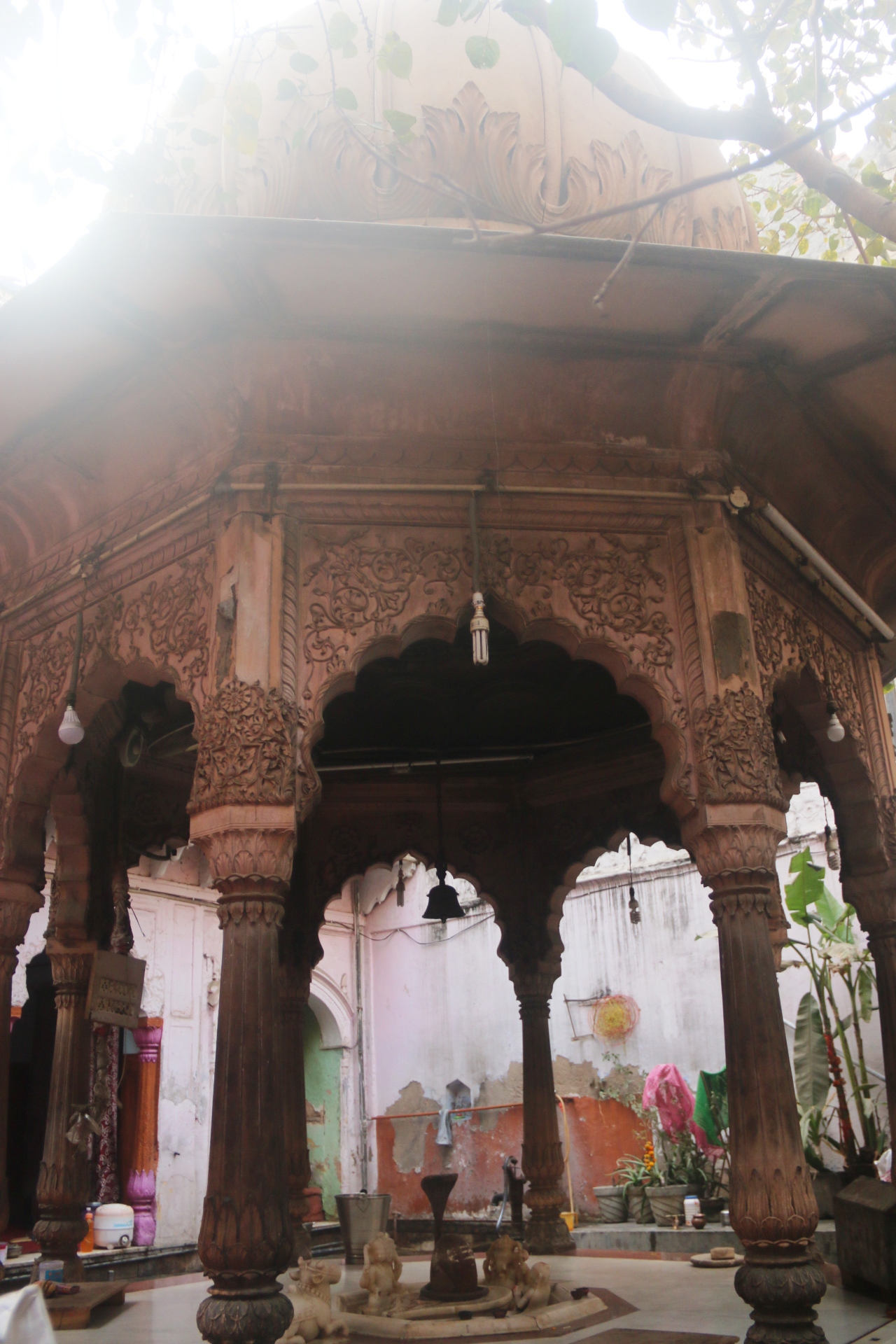
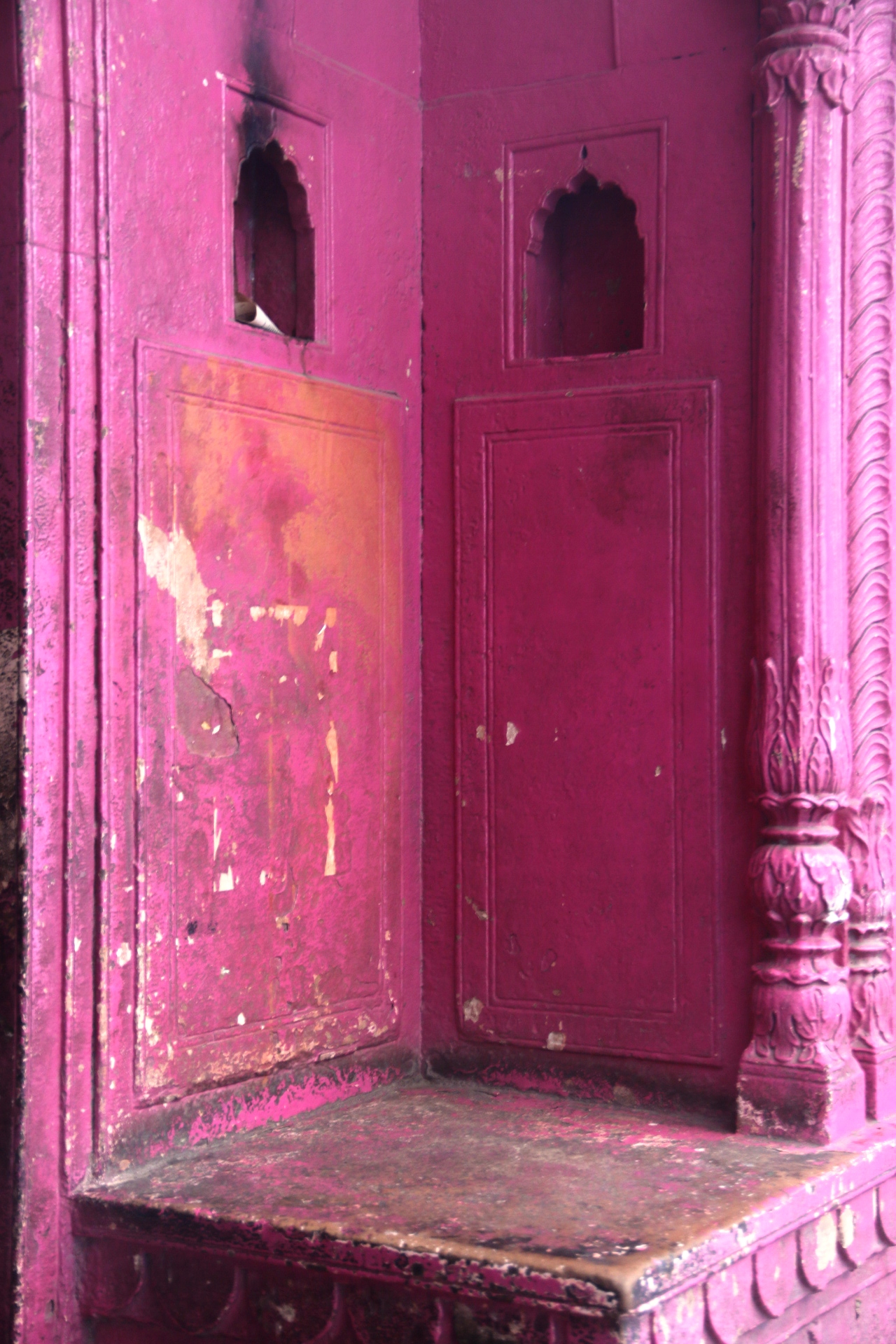
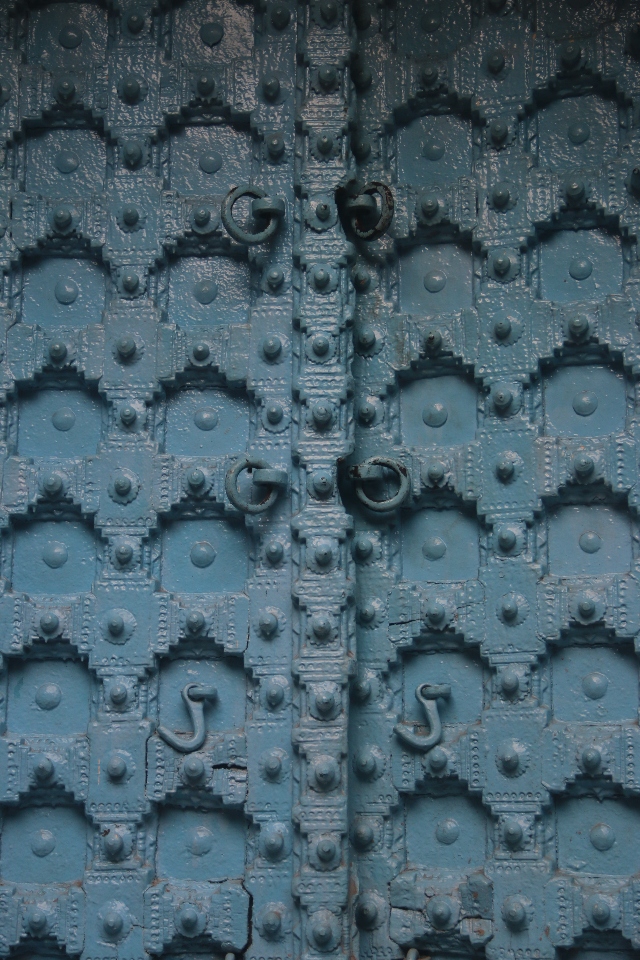
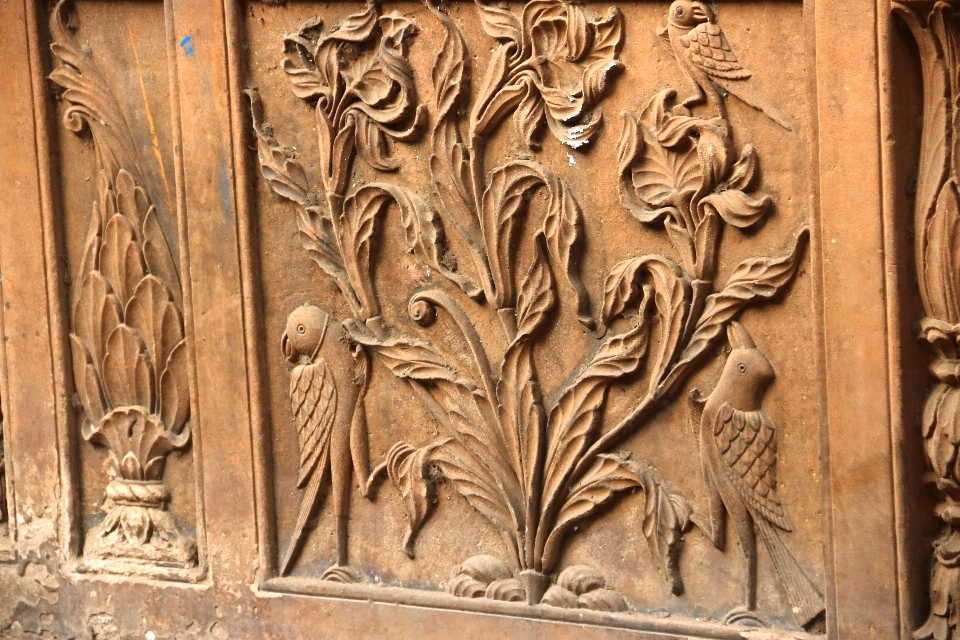
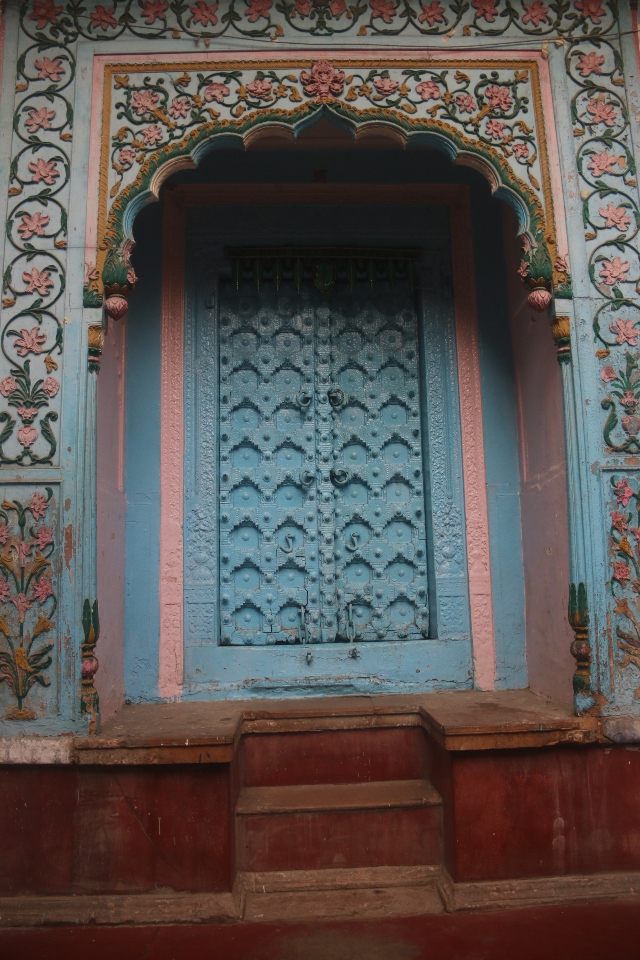
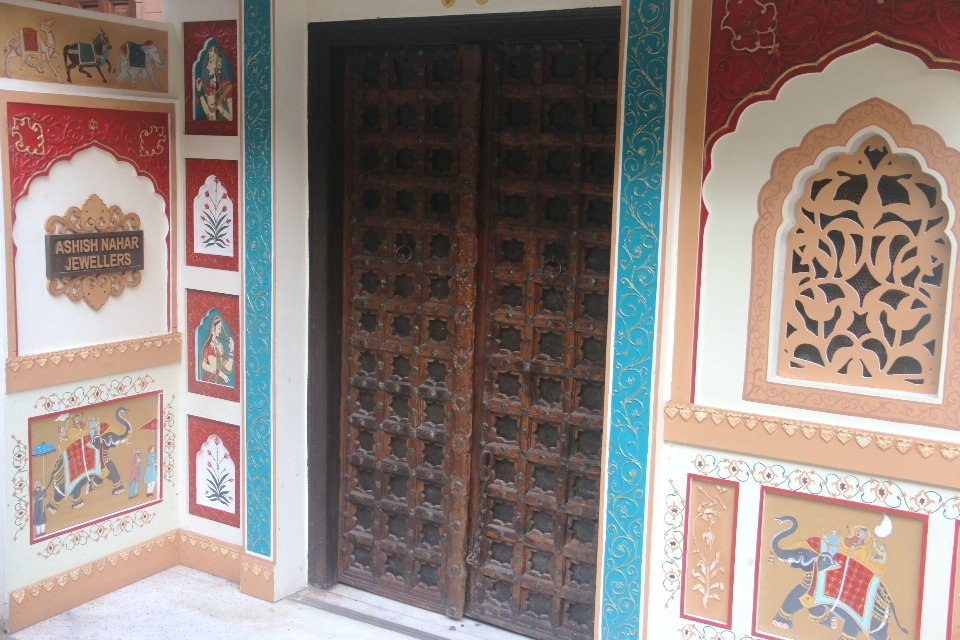
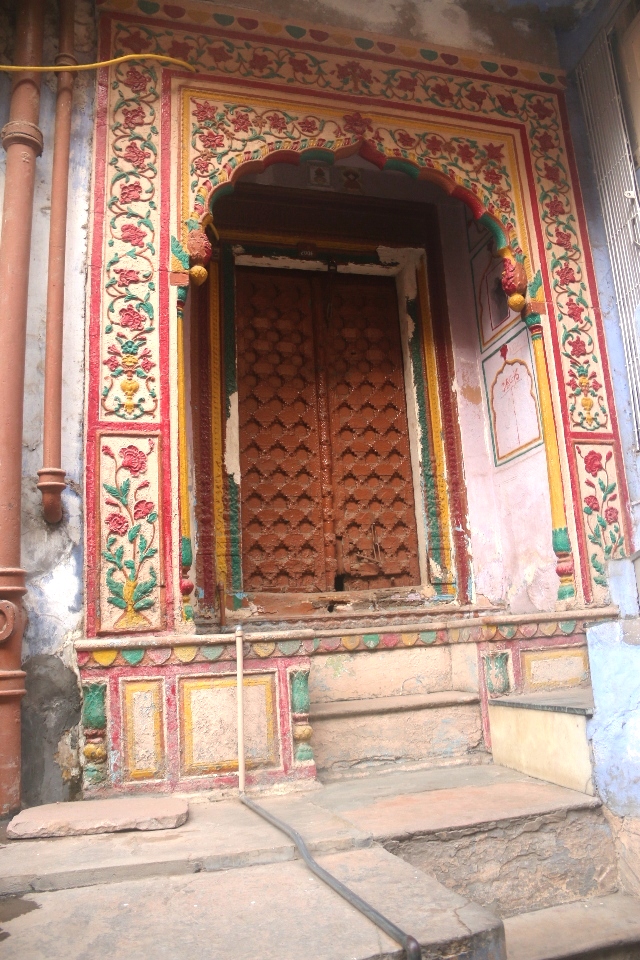
Pingback: AWANTISWAMIN TEMPLE & AVANTISHWAR TEMPLE, AWANTIPUR – LOST HINDU TEMPLES OF KASHMIR | A Soul Window - Top Travel Blog from India!
Pingback: Free Thing to do in Delhi in 48 Hours
Thanks for sharing this! It was lovely content, such a pleasure reading it. Delhi is really a great place. There are a lot of things to do here.
“I would like to share my visit to the another hidden gem of Old Delhi- Haveli Dharampura in Chandni Chowk. I was absolutely mesmerized to see such a beautiful restoration of an architecture which existed in the Mughal Era. They have a fine dine restaurant that serves seven course meals, which is just icing on the cake. Also, happened to witness the magnificent Kathak Performance that was held there. If you’re looking for a romantic getaway, a family holiday or just an unforgettable mini vacay, I would definitely suggest Haveli Dharampura as a must- visit place in Old Delhi.”
Thank you Yagya. Already heard about it. Hope to visit someday!
Pingback: COBRAS AT PUSHKAR FAIR- IS INCREDIBLE INDIA STILL A LAND OF SNAKE CHARMERS? | A Soul Window - Travel Blog from India!
Pingback: SHORE TEMPLE’S DEEPEST MYSTERIES AND OTHER MIND BOGGLING FACTS. INCREDIBLE INDIA! | A Soul Window - Travel Blog from India!
It has been ages since I saw Chandni Chowk and after reading about it here, I have this strong urge to visit. It is going to be like paradise for me with all those cultural bits. Naturally, you will have to be my guide.
The general perception conjures up images of spicy and yummy street food whenever you think of Chandni Chowk. But this post unveils a fresh and fascinating perceptive of Chandni Chowk. I was really intrigued reading about the Shivalayas and the confluence of the Islamic and Hindu architectural styles that can be seen here. The next time in Delhi, I must take time and head out to explore these.
Chandni Chowk is definitely the most popular place in Delhi for all those who have never been to Delhi. Though I have been to Delhi once, our tour was cut short by a massive robbery which made us both cashless and cardless. Its hard to imagine a canal used to run in between the cluttered road. But definitely, I never imagined there is so much to see and experience in this neighborhood! I am definitely going to walk on these lanes and alleys the next time I go to Delhi.
I’ve never read about Chandni Chowk before. It’s old and classic but somehow beautiful in it own way. Thanks for the interesting information you share.
Interesting read. I had no idea about Chandni Chowk. Lala Chunnamal seems to be a lucky man though 😉
Pingback: PORTRAITS & STORIES OF INTERESTING PEOPLE I MET IN PUSHKAR FAIR, RAJASTHAN. INCREDIBLE INDIA! | A Soul Window - Travel Blog from India!
I think I would enjoy Haveli Hopping in Chandni Chowk. Thanks for the interesting blog.
Confession: I knew NOTHING about this, so it was an interesting read. And that architecture!
Pingback: BEST AUTHENTIC RAJASTHANI VEGETARIAN AND VEGAN FOOD IN PUSHKAR FAIR! INCREDIBLE INDIA! | A Soul Window - Travel Blog from India!
It is true that Chandni Chowk looks old and deteriorative. However, it is still beautiful and peaceful in its own way. Thanks for writing about this traditional area
Have been to this place on various occasions especially on Sundays,to buy second hand books on the near two kilometre long stretch. Thanks for this blog.
Right, I also frequent the Dariyaganj market on Sundays for second hand books. 🙂 Thanks for dropping by !